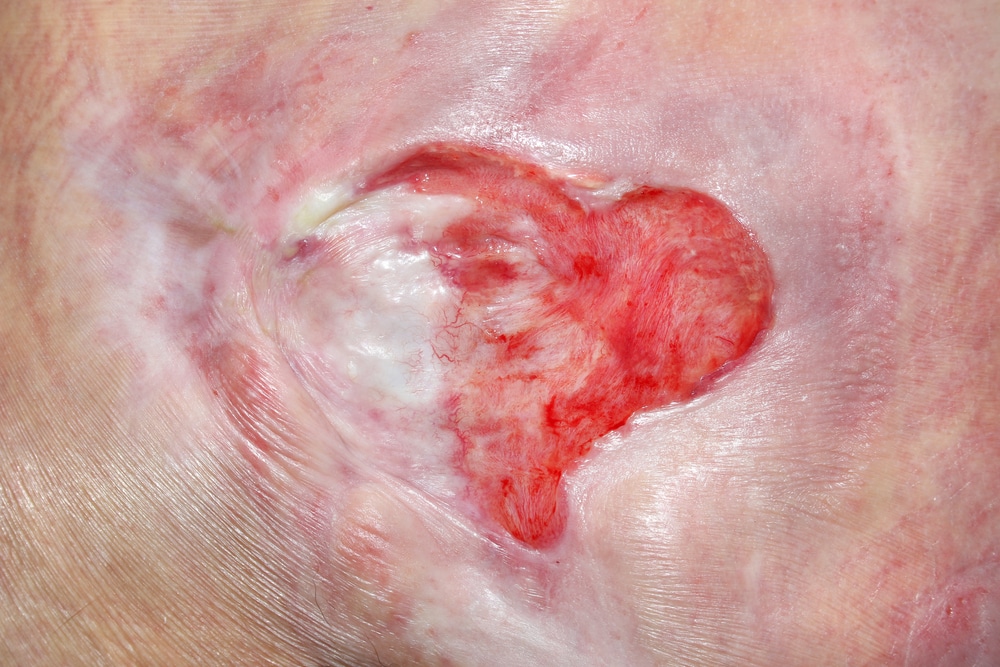It must be admitted that the terminology for pressure related skin problems is a mess. The ICD-10-CM code book calls Stage 1, 2, 3, and 4 “pressure ulcers,” and the condition we clinically call “deep tissue injury” (DTI) is called “deep tissue damage”(1) The National Pressure Injury Advisory Panel (NPIAP) states that all skin changes that result from prolonged pressure are pressure “injuries”(2) regardless of whether the area is open or closed. The Centers for Medicare and Medicaid Services (CMS) adheres to the following guidelines: Stage 1 pressure injuries and deep tissue injuries are termed “pressure injuries” because they are closed wounds. Stage 2, 3, or 4 pressure ulcers, or unstageable ulcers due to slough or eschar, are termed “pressure ulcers” because they are usually open wounds(3). Since this is an article on coding, we will use the terminology in the ICD-10-CM manual.
Code Stems for Skin Changes Due to Prolonged Pressure
When coding for lower extremity skin changes that result from prolonged pressure, ICD-10-CM code stem(1) options include:
- L89.0- Pressure ulcer of elbow
- L89.1- Pressure ulcer of back
- L89.2- Pressure ulcer of hip
- L89.3- Pressure ulcer of buttock
- L89.4- Pressure ulcer of contiguous site of back, buttock and hip
- L89.5- Pressure ulcer of ankle
- L89.6- Pressure ulcer of heel
- L89.8- Pressure ulcer of other site
(Hyphen indicates additional characters are required to complete the code)
6th Characters
Each of the code stems listed above require a 6th character to complete the code. These 6th character options are:
- 0 – Unstageable
- 1 – Stage 1
- 2 – Stage 2
- 3 – Stage 3
- 4 – Stage 4
- 6 – Pressure-induced deep tissue damage
- 9 – Unspecified stage
Pressure Ulcer Vs. Pressure – Induced Deep Tissue Damage
The L89- 6th character options of “0,1,2,3, and 4” all represent a pressure ulcer, whereas the L89- 6th character option of “6” represents pressure-induced deep tissue damage. Providers’ coding must support the documentation and the documentation must support the coding.
So What Does That Mean For Coding?
Given the above guidance from CMS, the suggestion regarding L89- 6th character options based on staging is:
- Unstageable – 6th character “0”
- Stage 1- 6th character “6”
- Stage 2 – 6th character “2”
- Stage 3 – 6th character “3”
- Stage 4 – 6th character “4”
Conclusion
Regardless of what your preferred terminology may be, under ICD-10, Stage 1, 2, 3, and 4 are coded as pressure ulcers and a DTI is pressure induced deep tissue damage.
Resources





